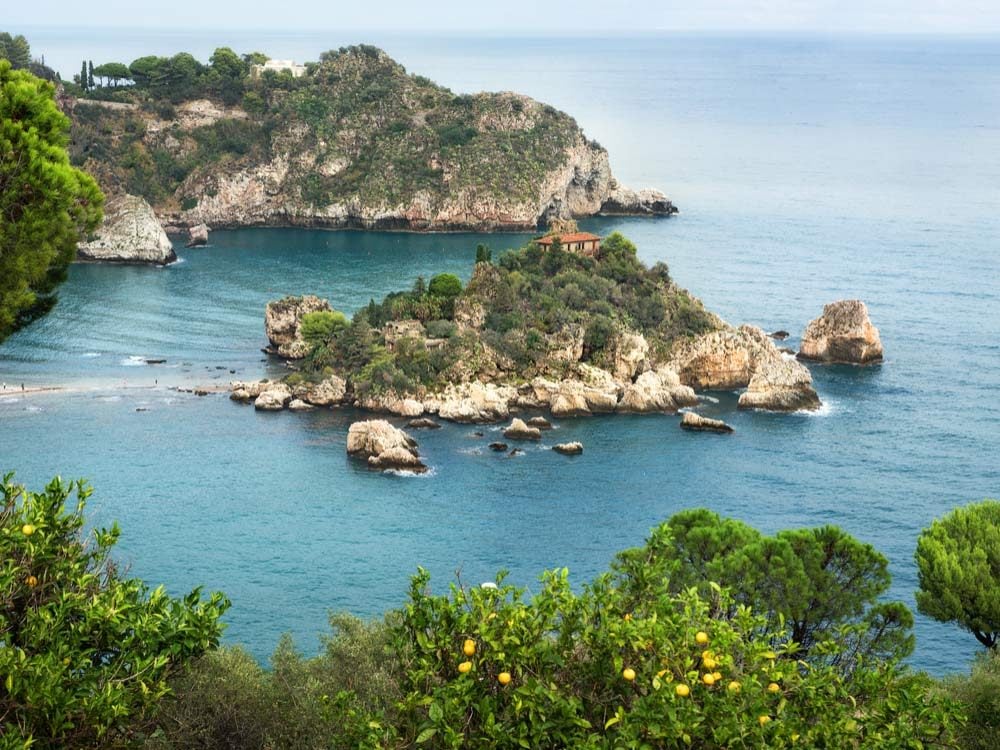
1. Isola Bella
Once home to a fishing village, this craggy little island on Lake Maggiore was acquired in 1632 by the aristocratic Borromeo family and named for Carlo III’s wife, Isabella (the name being contracted to Isola Bella). The island was transformed into a vast garden-and-palace complex by architects Giovanni Angelo Crivelli and Andrew Biffi, who created the dizzying series of chambers that compromise the palace, and sculpted the garden into high terraces, erupting with cypress and citrus trees. It is hard not to be seduced by the artful planting, exuberant statuary and the white peacocks that stalk the gardens.
Plus: 10 Family-Friendly Vacation Destinations That Even Your Jaded Teenagers Will Love
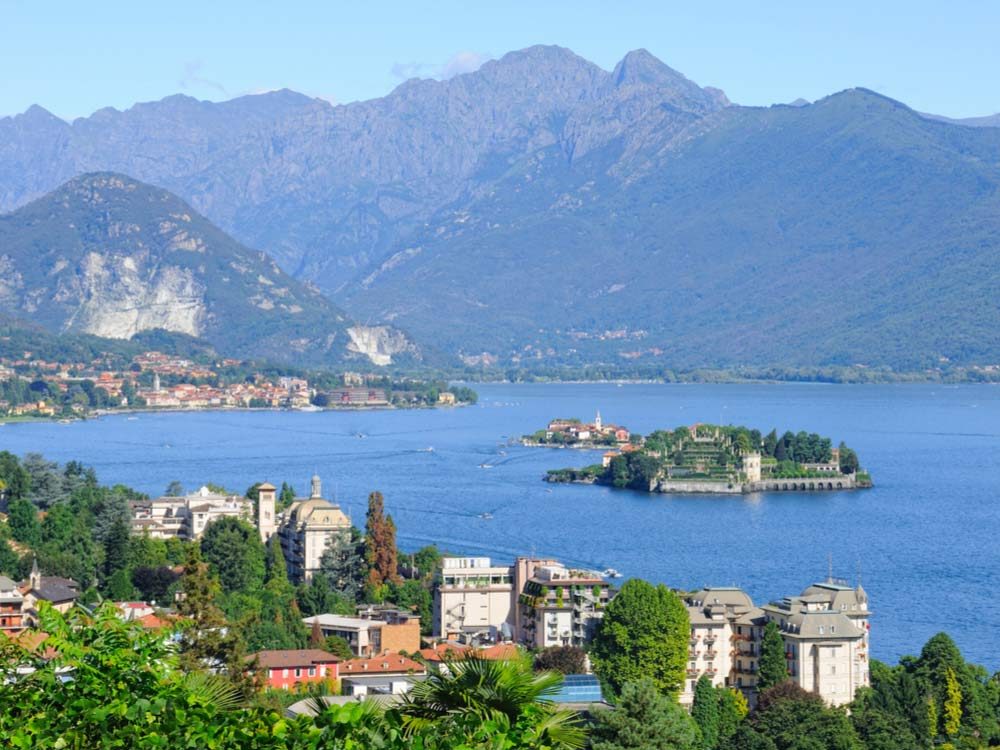
2. Northern Lake Maggiore
Lake Maggiore (also called Verbano), narrows at its northern tip with steep mountain ranges pushing in on the resorts and lakeside towns. Italy merges into Switzerland for the final loop of the lake where the roads improve dramatically. Sleepy attractive Italian villages dot the area while further ahead there are the well-established holiday resorts in Swiss towns. The climate around the lake is ideal for sailing and windsurfing and also encourages banks of camellias, rhododendrons and palm trees that line the shores.
Discover the simpler side of Italy by visiting a small and charming town in the Abruzzo region of the country.
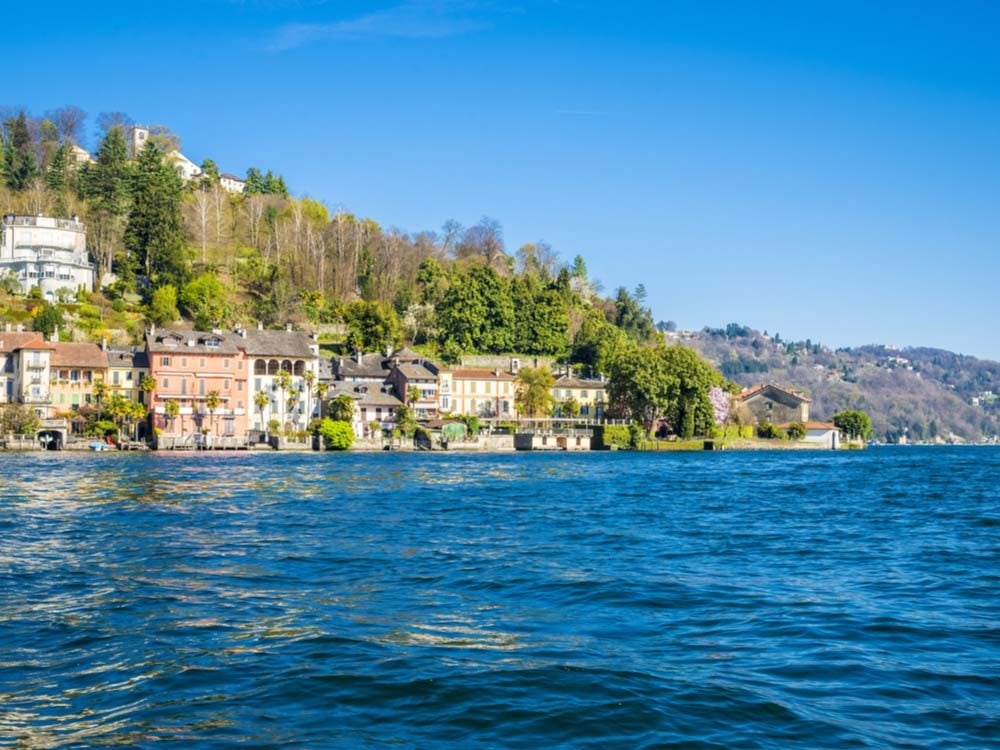
3. Orta San Giulio
Lake Orta (also known as Cusio), the westernmost of the Italian lakes, lies entirely within the region of Piemonte, and is characterized by soft hills and steep wooded slops of chestnut trees flanking its sides. The highlight is the delightful lakeside village of Orta San Giulio—a string of cobbled lanes and attractive Liberty villas. Above the village is the striking Sarco Monte, and atmospheric sanctuary with spectacular view over the waters, and just offshore, the tiny island of Isola San Giulio offers a retreat from the modern world.
Here are 12 Italian Phrases Everyone Should Know How to Use.
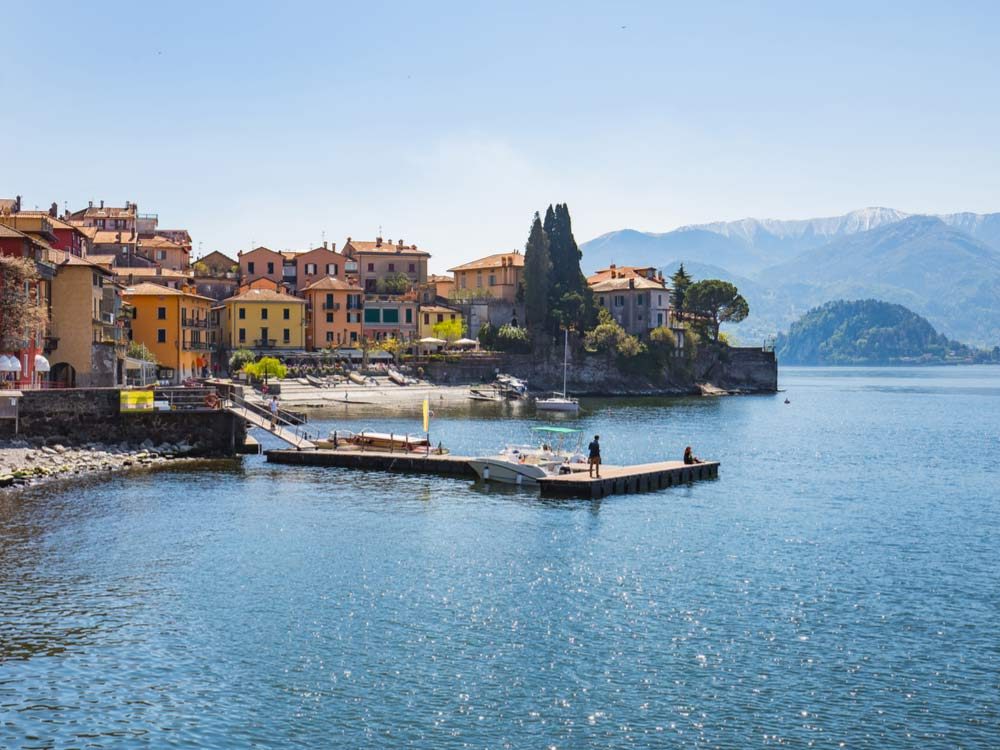
4. Como
Nestled at the foot of the Alps, the affluent little lakeside town of Como has been an important place commercially and politically since pre-Roman times. After invading armies stopped vying for its attention in the late 19th century, Como became a wealthy backwater, combining textile manufacturing with its role as staging post for the many tourists here to enjoy the romantic delights of Lake Como. The partly walled old town is a pleasant maze of cobbled pedestrianized streets leading down to the palm-lined waterfront promenade.
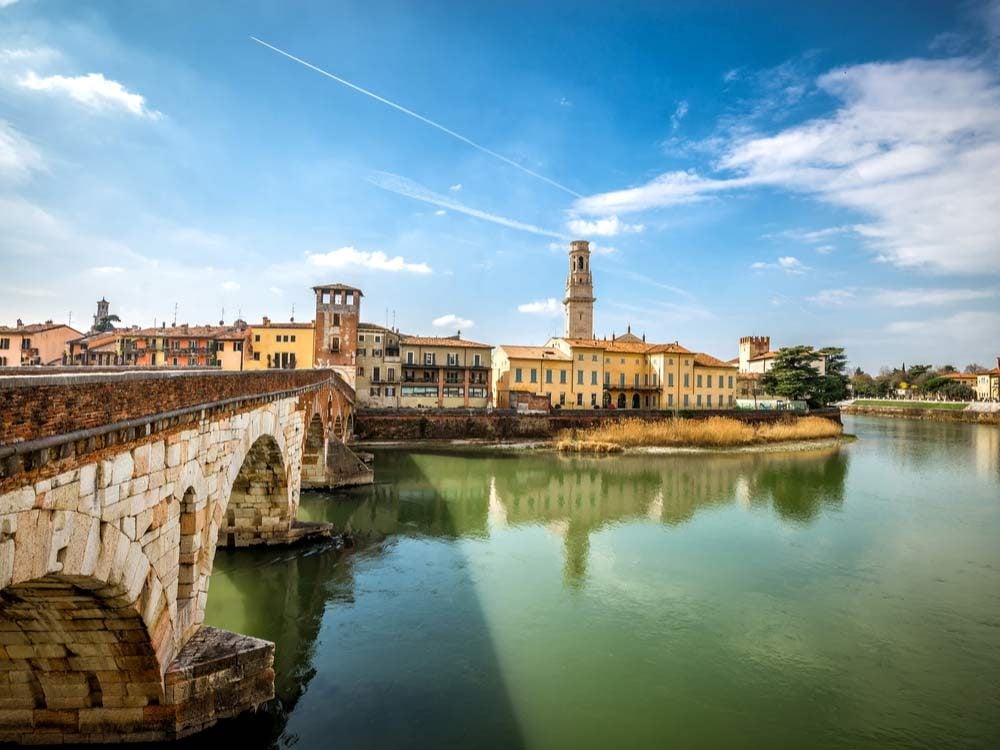
5. Verona
Some 20 km west of Lake Garda, Verona is probably best known as the setting for William Shakespeare’s Romeo and Juliet, but it was also one of the most important Roman towns in northern Italy and flourished in its Renaissance heyday under the della Scala family for over a century. One of the main communication links between central Italy and Northern Europe, Verona has always been a prosperous place and the town centre, nestling in a bend of the River Adige, is a rich patchwork of buildings from different eras.
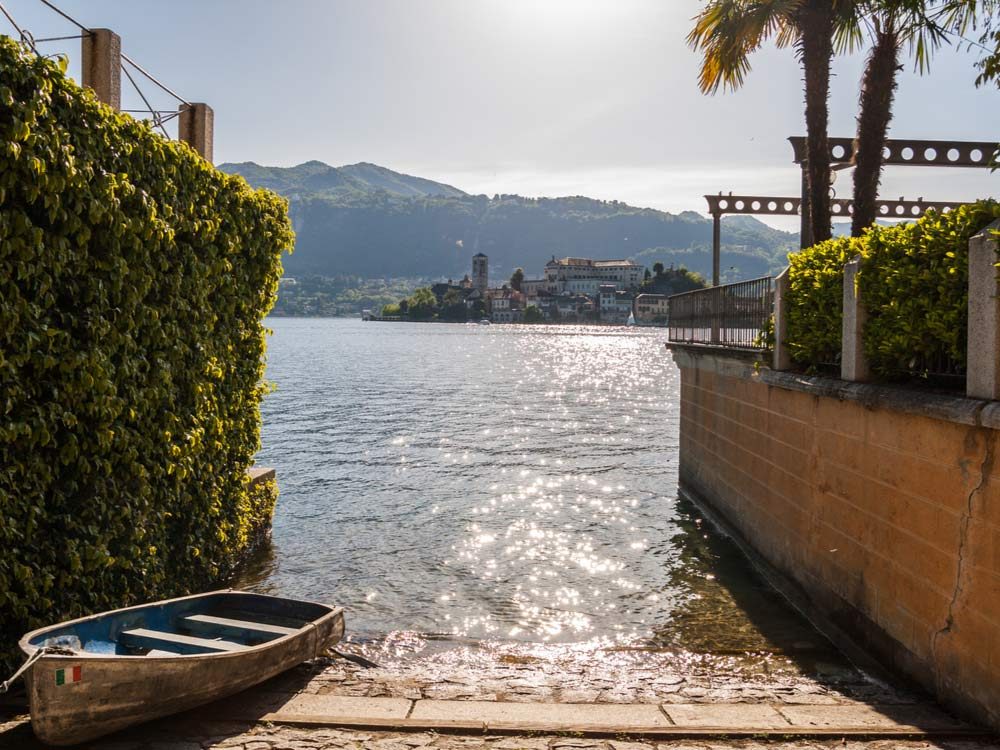
6. Centro Lago
The point where the two branches of southern Lake Como meet is known as Centro Lago. Pretty Lakeside towns, glittering water, mountain views and splendid villas with luxurious gardens conspire to steal your heart. The surrounding mountains and lake water combine to create a temperate almost Mediterranean-like climate. Three villages form a triangle across the waters with sleepy Varenna to the east, sporty Menaggio to the west and beautiful Bellagio, the most famous of all, to the south on the tip of the promontory.
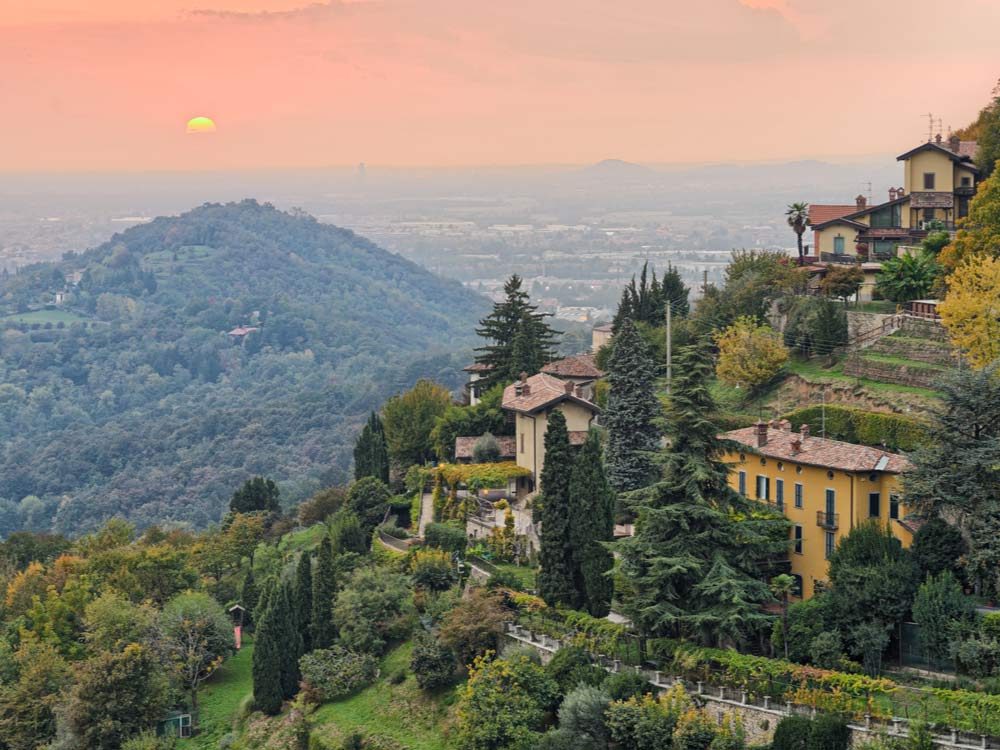
7. Bergamo
Nestled at the foot of the Alps, the midway between lakes Como and Garda, this wealthy city has a long history. Conquerors, including Romans, French, Austrians and, until most notably, the Venetians—who rules for 300 years until the end of the 18th century—have left it a mix of influences. The ancient upper town Citta Alta, is a tranquil qarren of cobbled streets surrounded by impressive walls while the lower town, Citta Bassa, is a patchwork of elegant 19th-century boulevards, imposing civic buildings and medieval lanes.
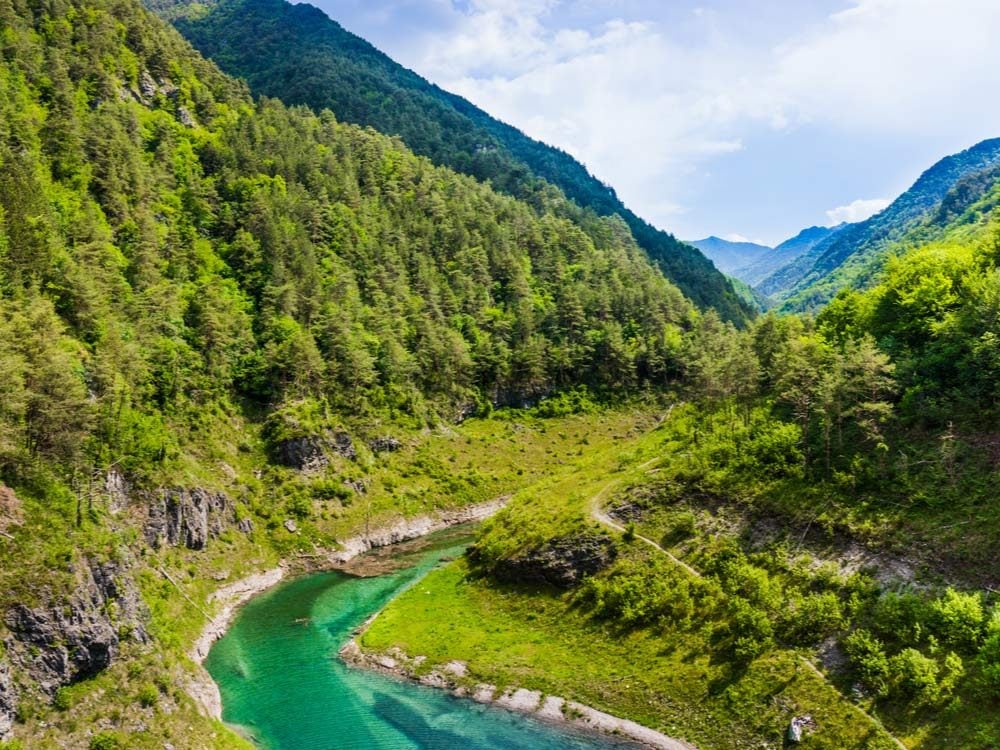
8. Lake Idro and Valvestino
Stretching up from Gargnano on the western shore of Lake Garda, switchback roads transport you to a quieter world. The Valvestino is an isolated, mountainous area of hamets and small cattle farms stretching from Lake Garda to Lake Idro. Communication only really began in the 1960s when hydroelectric works improved the roads and opened the countryside up to the outside world. Surrounded by wooded slops, Lake Idro is popular for fishing, whilst the afternoon breeze makes sailing and windsurfing popular too.
Read on to find out how travel blunders can actually be the highlight of your next trip.
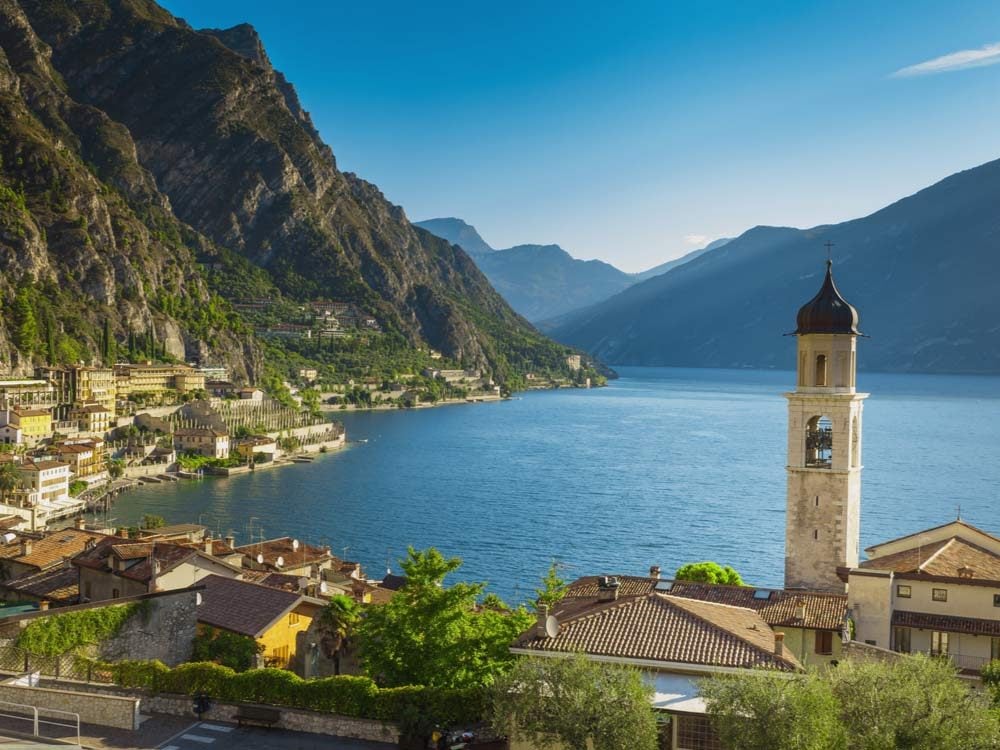
9. Sirmione and Southern Lake Garda
The rolling hills around the southern section of Lake Garda are carpeted by olive groves and vineyards. This is the region’s most popular lake, complete with ancient Roman remains, medieval villages and Venetian fortresses. The blue waters backed by mountain peaks and the warm Mediterranean climate are bewitching. Poking into the lake the tiny village of Sirmione is the main attraction here, with wonderfully located Roman ruins and is own natural spa.
Plus: 10 Gorgeous Beaches with the Clearest Water in the World